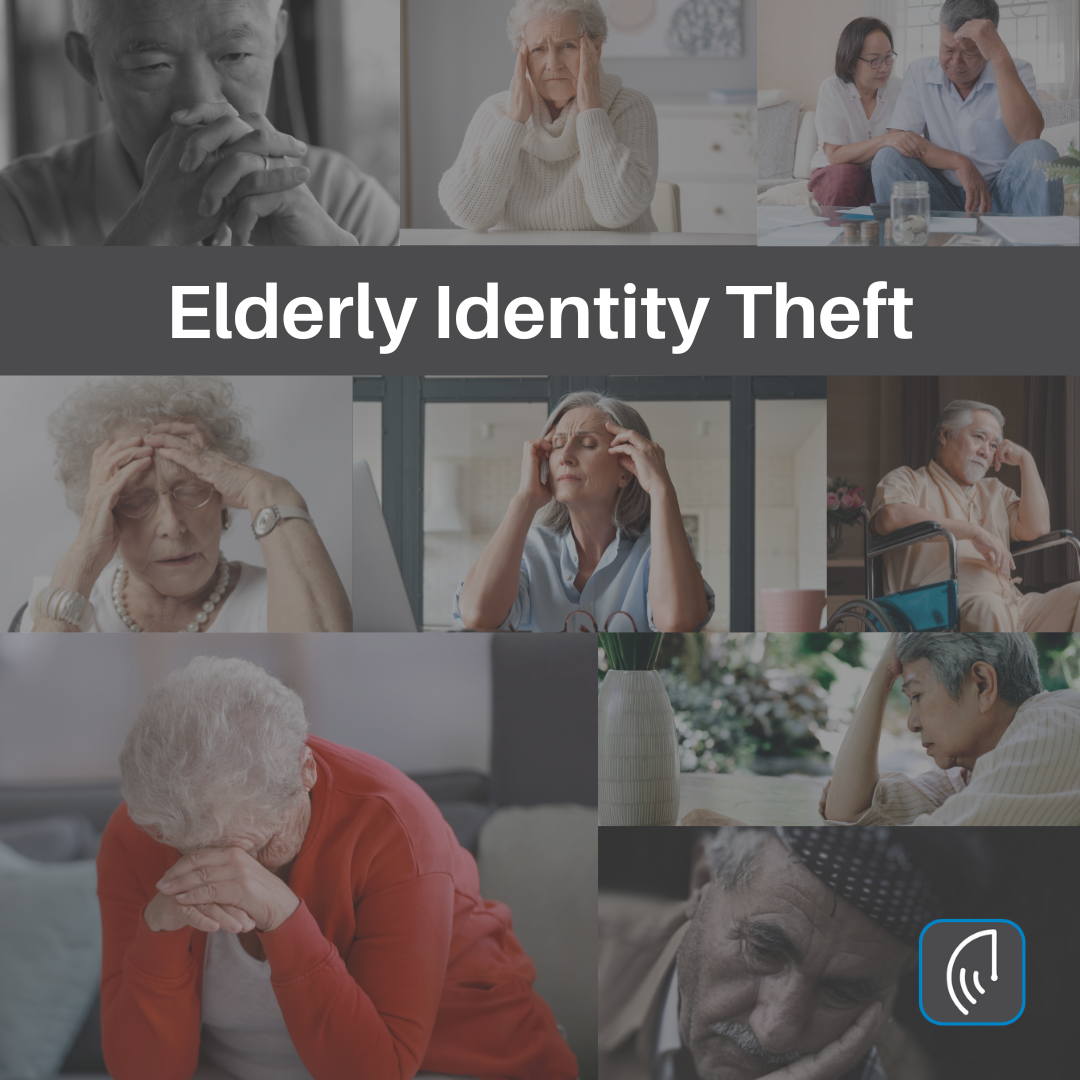| Over 92,000 victims lost $1.7 billion to elderly Identity theft and fraud in 2021, according to the 2021 FBI Elder Fraud Report. These losses increased by 74% compared to 2020.
Elders and seniors (those 60 years of age and older) were the targets of cybercrime and ID theft, with an average loss of $18,246 per senior victim. 3,133 elderly victims also suffered losses totaling more than $100,000 each. Unfortunately, our prediction has come true. We wrote an article in September 2019 titled 2020 Prediction: Senior ID Theft to Get Significantly Worse. So how does elder or senior fraud occur?According to the FBI, “elder fraud takes many forms as criminals find ways to take advantage of this vulnerable and growing population.” “Seniors are a particularly vulnerable victim group and are often specifically targeted for financial fraud crimes.” Additionally, according to the FBI, “seniors are often more polite and trusting, have difficulty saying no, maybe lonely or spend a great deal of time alone, may have diminished physical or mental capacity, are less likely to report the crime out of shame, and are often financially stable and own their homes.” Elder fraud increased significantly in 2021 for a second reason: cybercriminals and ID theft offenders took advantage of the COVID-19 crisis’s fear and uncertainty by using phishing campaigns and other online scams to prey on seniors. COVID-19 had a significant impact.Consider that during the COVID-19 crisis, many seniors were engaging in our digital economy for the first time while the economy was shut down and businesses were compelled to close. The digital economy includes things like social media, online dating, online banking, online e-payments, online e-books, and online digital downloads, to name a few. Home security networksTo make matters worse, the majority of seniors were not familiar with their home network security and still aren’t. The majority of seniors were not (and are not) familiar with using strong passwords or passphrases, virtual private networks (VPNs), or changing the default passwords on IoT devices. This is specifically relevant to a senior’s home network security and the protection of their computers, smartphones, and the Internet of Things (IoT). devices, such as ring doorbells, smart refrigerators, smartwatches, smart door locks, and medical sensors. Furthermore, scammers target seniors by using phishing (false emails), vishing (false phone calls and voice mails), and smishing (false text messages) techniques. It’s not just about safe online activity. The FBI Elder Fraud Report said the top 2021 elder scam crime types included the following:
You can safeguard your identity by
Lastly, and according to Phoenix, Arizona-based security consultant John Iannarelli (FBI Special Agent, Retired), “if you believe you or someone you know may have been a victim of elder fraud, contact your local FBI field office or submit a tip online. You can also file a complaint with the FBI’s Internet Crime Complaint Center.” Elderly Identity theft is an issue that we all need to be aware of, especially as our loved ones age. We can help educate and protect them with identity monitoring programs with fully managed recovery. |
